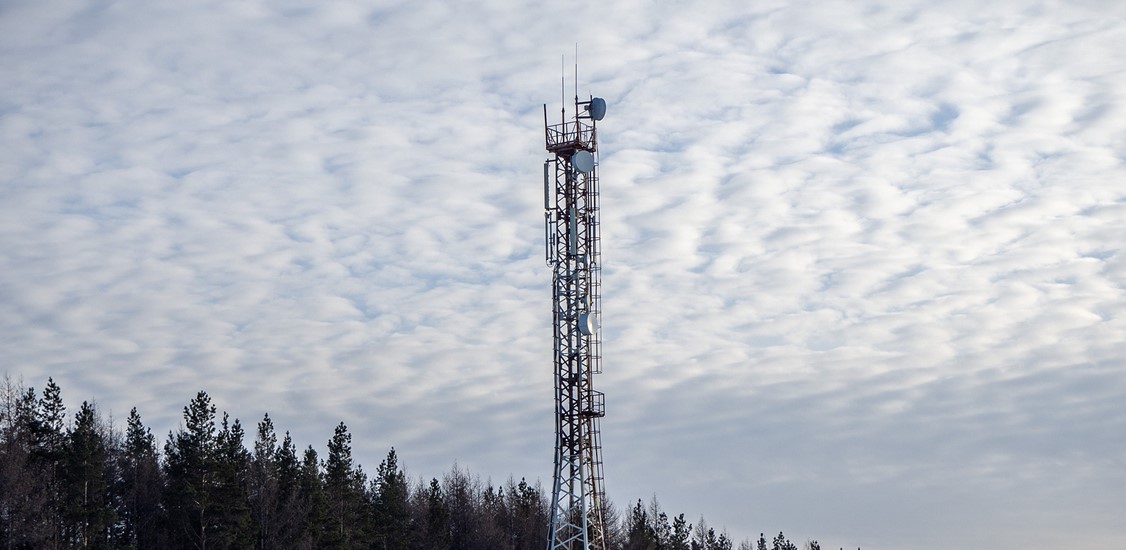The Covid-19 pandemic clearly set in motion sweeping changes to our daily lives and working environments. While the shift to a remote working model became a necessity for most businesses, workers very quickly acclimated to the convenience and benefits of this approach. Remote and hybrid workplaces are fast becoming a new normal, with benefits for businesses and workers alike. A report conducted by Owl Labs and Global Workplace Analytics indicates a high percentage of employees feel they are at the same level of productivity, or higher, working remotely from home compared to the corporate office. Of those surveyed, 71% indicated they want a hybrid or remote working style to continue after the pandemic is over. Businesses are listening and responding by making the necessary adjustments to promote this new work environment reality.
5G is the key to bridging the connectivity divide
To operate outside of the office at optimal levels of productivity, reliable and secure, connectivity becomes a crucial factor. Remote workers in urban areas have the advantage of the infrastructure required for high Internet speeds and consistent connectivity. However, those who are working from outlying and more rural areas can face major obstacles in the form of low Internet speeds, reduced infrastructure, and unreliable connectivity. Businesses must address the broadband gap to support workers in both high and low density populations to ensure that all workers can function with the same level of efficiency and productivity. That boils down to delivering reliable wireless broadband connectivity to previously underserved areas.
5G technology to the rescue
5G technology advancements have created new possibilities for remote and rural connectivity coverage. While workers located in urban areas have access to significantly faster connection speeds, at much higher bands on the radio spectrum, those signals have distance limitations of a mile or two. This obviously presents a problem for workers operating from rural areas.
To overcome these limitations, 5G networks can operate using radio signals in the low and mid bands of the spectrum. This will deliver connectivity over many miles, at faster speeds and with greater reliability. New developments in extended range 5G technology, non-terrestrial networks (NTN) and Low Earth Orbit Satellites are very promising in the quest to expand fast and consistent connectivity to isolated areas that suffer from lack of infrastructure.
Telecommunication operators are recognizing that there are numerous advantages to extending their coverage to these underserved locations, and companies like T-mobile are planning to increase their mid-range coverage substantially. Furthermore, they are receiving government financial incentives in the billions, which will significantly impact the economies and employment opportunities for rural towns and cities.
What can fast and efficient connectivity mean for rural economies?
In addition to enabling the viability of a connected and productive remote workforce, 5G capabilities can deliver these benefits to rural geographies:
- Increased economic potential and business expansion
- New businesses will seek to locate outside of more expensive urban areas
- Greater employment opportunities and untapped talent pools
- Reduced premium costs for telecommunications services with greater capabilities
- Agriculture industry can capitalize on better connectivity to access lower fuel and fertilizer costs and increase crop yield and customer base
- Advancements in online education and healthcare information and services access
5G technology can be the equalizer that empowers the revitalization of rural economies, while supporting the strong migration to remote and hybrid working models.
The challenges of 5G technology implementation
The path to 5G expansion beyond urban locations may not be smooth sailing. The installation of the necessary infrastructure in rural landscapes will be more challenging than in urban areas, the business case for service providers will rely on cost and operational efficiencies and deployments may also be met with resistance by uninformed or misinformed locals.
In reality, 5G rural networks need real-world viability testing to move from the lab to deployment. With increased cloud software, IoT devices and diverse endpoints, there are exponentially increased security risks, attack surfaces and performance considerations. Old testing methods are too slow and time-consuming. Modern testing methods can conduct lab-to-live continuous testing (CI/CD/CT), automation across all processes with root cause search and problem remediation, and proactive assurance solutions that can address 5G operational efficiencies and delivered performance.
The remote work migration, fueled by the negatives of a global pandemic, has evolved into a transformative movement that benefits businesses, workers, and economies. The emergence of 5G technology and capabilities holds great promise for bringing reliable, higher bandwidth, fast connectivity, and economical advancements to even the most distanced workers and isolated areas.




















